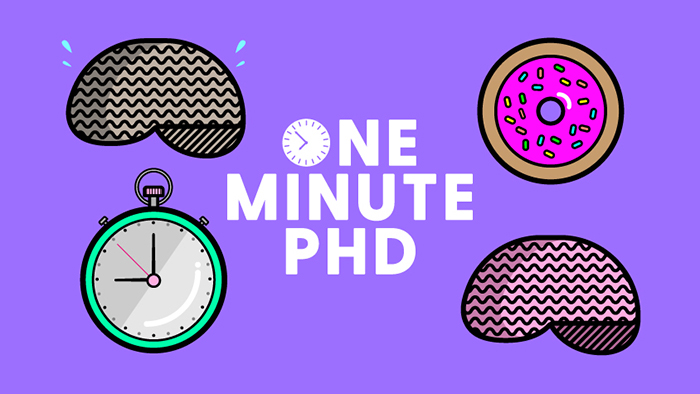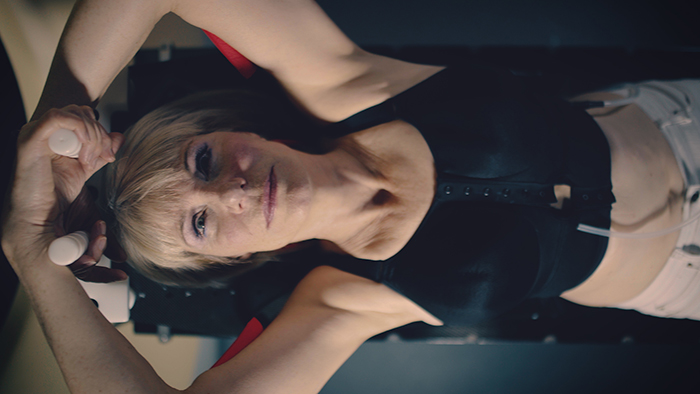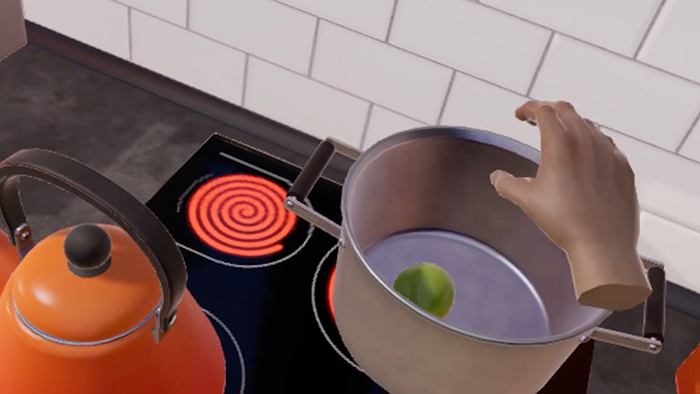About this project
Explore the people and organisations behind this research, and find related publications by the research team.
Research team
Heath Reed Matt Willox Dr Joe Langley Professor Heather Elphick Nicki Barker Dr Avril McCarthy Peter Metherall Steven Taylor Parker Kathy Jeays WardRelated publications
Positioning creative, three dimensional design practice and understanding its role and value in university health research and development projectsResearch partners
Sheffield Teaching Hospitals Sheffield Children’s Hospital Devices4Dignity Materialise NV/UK Research partner oneFunding partners
National Institute for Health Research (i4i)Related courses
Our teaching is informed by research. Browse undergraduate and postgraduate courses with links to this research project, topic or team.
Get in touch
Find key contacts for enquiries about funding, partnerships, collaborations and doctoral degrees.
How can a 3D printer help a child breathe?

About this project
Explore the people and organisations behind this research, and find related publications by the research team.
Research team
Heath Reed Matt Willox Dr Joe Langley Professor Heather Elphick Nicki Barker Dr Avril McCarthy Peter Metherall Steven Taylor Parker Kathy Jeays WardRelated publications
Positioning creative, three dimensional design practice and understanding its role and value in university health research and development projectsResearch partners
Sheffield Teaching Hospitals Sheffield Children’s Hospital Devices4Dignity Materialise NV/UK Research partner oneFunding partners
National Institute for Health Research (i4i)Related courses
Our teaching is informed by research. Browse undergraduate and postgraduate courses with links to this research project, topic or team.
Get in touch
Find key contacts for enquiries about funding, partnerships, collaborations and doctoral degrees.




